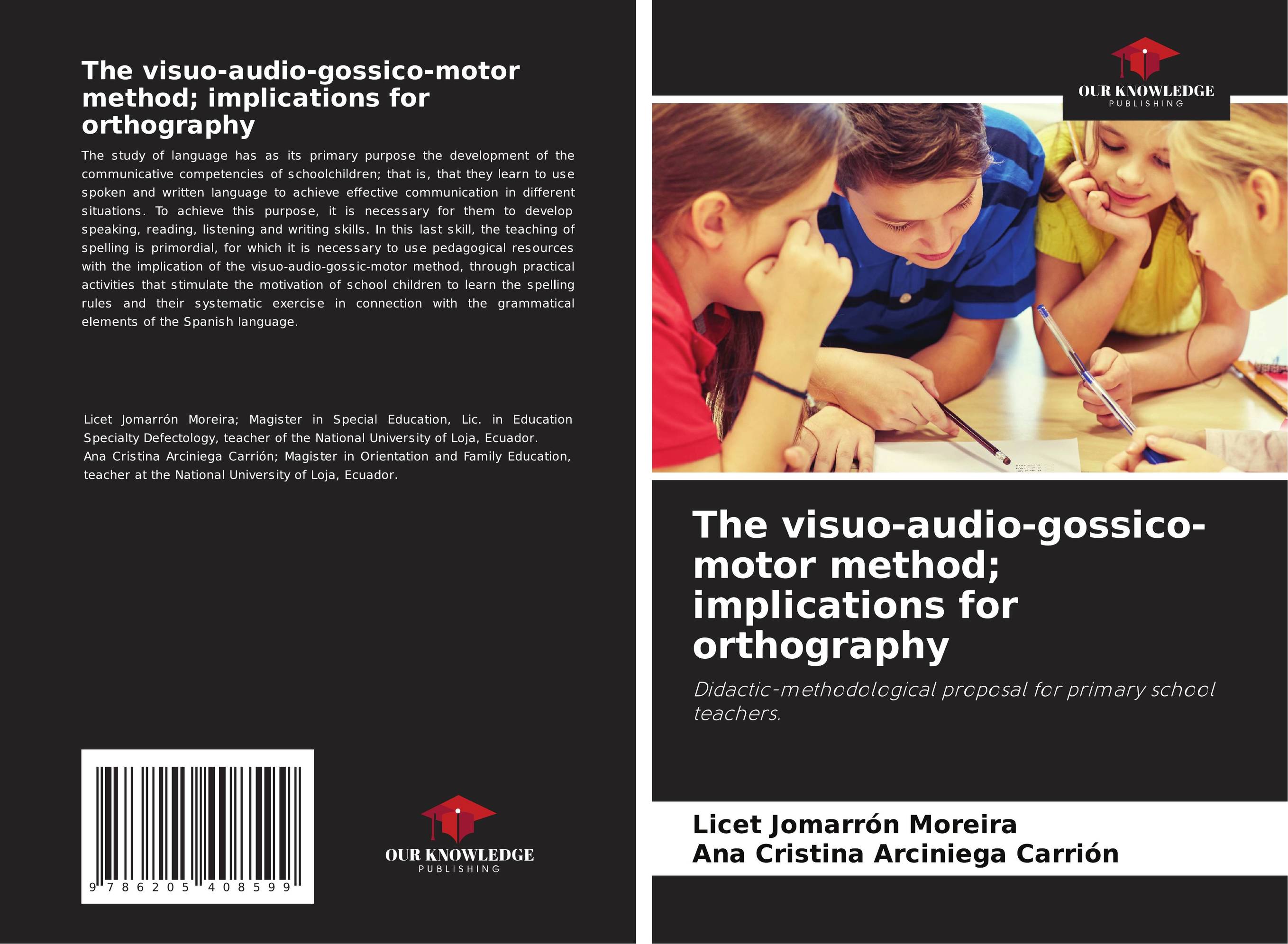| Поиск по каталогу |
|
(строгое соответствие)
|
- Профессиональная
- Научно-популярная
- Художественная
- Публицистика
- Детская
- Искусство
- Хобби, семья, дом
- Спорт
- Путеводители
- Блокноты, тетради, открытки
The visuo-audio-gossico-motor method; implications for orthography. Didactic-methodological proposal for primary school teachers.

В наличии
| Местонахождение: Алматы | Состояние экземпляра: новый |

Бумажная
версия
версия
Автор: Licet Jomarrón Moreira and Ana Cristina Arciniega Carrión
ISBN: 9786205408599
Год издания: 2022
Формат книги: 60×90/16 (145×215 мм)
Количество страниц: 60
Издательство: Our Knowledge Publishing
Цена: 27094 тг
Положить в корзину
Ожидает определения тематики
Код товара: 895051
| Способы доставки в город Алматы * комплектация (срок до отгрузки) не более 2 рабочих дней |
| Самовывоз из города Алматы (пункты самовывоза партнёра CDEK) |
| Курьерская доставка CDEK из города Москва |
| Доставка Почтой России из города Москва |
Аннотация: The study of language has as its primary purpose the development of the communicative competencies of schoolchildren; that is, that they learn to use spoken and written language to achieve effective communication in different situations. To achieve this purpose, it is necessary for them to develop speaking, reading, listening and writing skills. In this last skill, the teaching of spelling is primordial, for which it is necessary to use pedagogical resources with the implication of the visuo-audio-gossic-motor method, through practical activities that stimulate the motivation of school children to learn the spelling rules and their systematic exercise in connection with the grammatical elements of the Spanish language.
Ключевые слова: visuo-audio - gnostic - motor method, orthographic skills in primary schoolchildren



